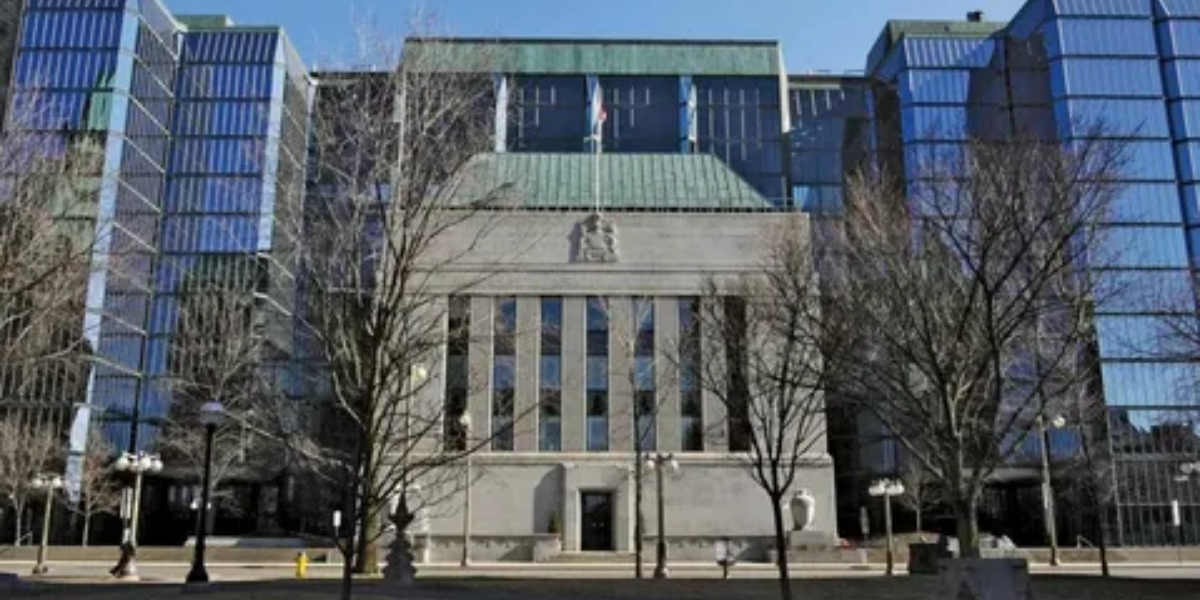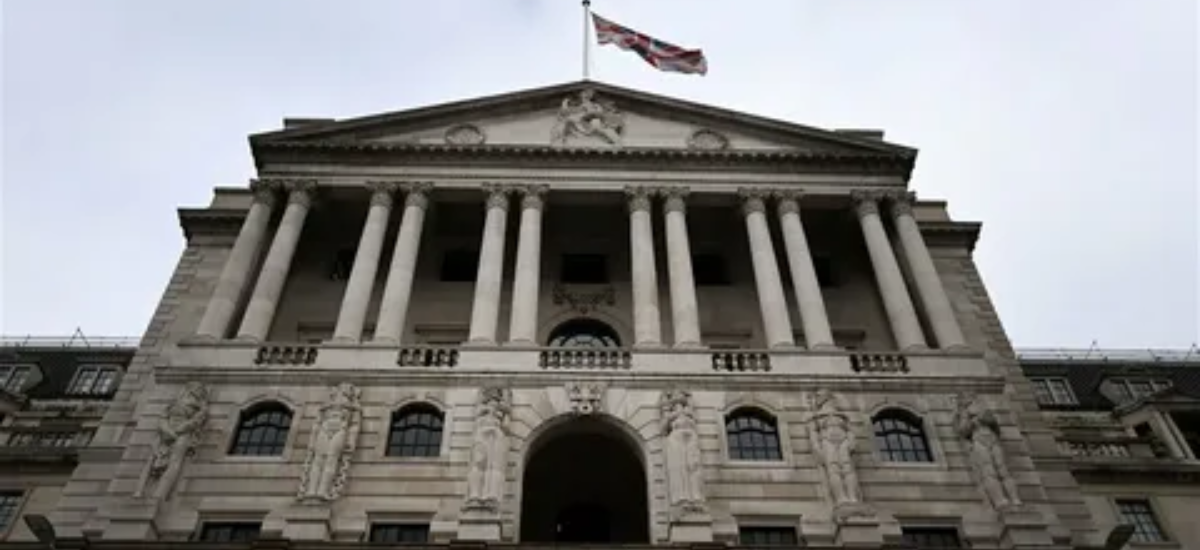In the world of finance and economics, few indicators carry as much weight as the inflation rate and the decisions made by central banks regarding interest rates. Recently, the Bank of Canada’s decision to pause rate hikes has sparked discussions and analysis across various sectors. This article delves into the factors behind this pause and its implications for the Canadian economy.
Understanding the Bank of Canada Rate Pause

The Bank of Canada, like many other central banks worldwide, plays a crucial role in maintaining economic stability. One of its primary tools is the setting of the benchmark interest rate, which influences borrowing costs and, consequently, economic activity. A rate pause indicates a decision to maintain the current interest rate level rather than increasing or decreasing it.
The Significance of Inflation Rate
Inflation, often termed as the rate of price increase over time, is a key economic indicator. Central banks typically aim for a target inflation rate, often around 2%, to balance economic growth and price stability. Therefore, fluctuations in inflation rates can trigger responses from central banks to adjust interest rates accordingly.
Current Economic Landscape

As we assess the Bank of Canada’s recent decisions, it’s essential to consider the broader economic context. Economic indicators such as GDP growth, employment rates, and trade balances provide insights into the overall health of the economy, influencing central bank policies.
Factors Behind Inflation Rate Fluctuations
Inflation rates can be influenced by various factors, including changes in consumer demand, supply chain disruptions, fluctuations in commodity prices, and government policies. Understanding these factors helps policymakers and analysts anticipate inflation trends.
Impact of Inflation on the Economy

High inflation can erode purchasing power, leading to reduced consumer spending and investment. Conversely, low inflation or deflation may indicate weak demand and economic stagnation. Striking the right balance is crucial for sustainable economic growth.
Bank of Canada’s Role in Economic Stability
The Bank of Canada’s mandate includes promoting economic growth, full employment, and stable prices. Through monetary policy tools like interest rate adjustments and open market operations, it aims to achieve these objectives while maintaining financial stability.
Reasons Behind the Rate Pause

The decision to pause rate hikes often stems from a careful assessment of economic indicators and potential risks. In the case of recent developments, factors such as moderating inflation, global economic uncertainties, and evolving consumer behavior may have influenced the Bank of Canada’s decision.
Market Expectations and Analyst Predictions
Market participants closely monitor central bank decisions and economic data to anticipate future policy directions. Analysts and economists provide forecasts and insights into how these decisions might affect financial markets, investments, and business strategies.
Global Economic Influences

In today’s interconnected world, domestic economic conditions are influenced by global trends and events. Factors such as international trade tensions, geopolitical risks, and shifts in commodity prices can impact inflation rates and central bank policies.
Consumer Behavior Amidst Inflation Concerns
Consumer confidence and spending patterns play a significant role in shaping inflation dynamics. Concerns about rising prices may prompt consumers to adjust their spending habits, affecting overall economic activity and inflationary pressures.
Government Policies and Fiscal Measures

In addition to monetary policy, government fiscal measures such as taxation, spending, and regulatory policies can influence inflation and economic growth. Coordination between monetary and fiscal authorities is essential for achieving macroeconomic objectives.
Prospects for Future Monetary Policy Decisions
Looking ahead, the trajectory of inflation, economic growth, and external factors will continue to guide central bank decisions. The Bank of Canada’s commitment to data-driven policymaking ensures that its actions are aligned with its objectives and the evolving economic landscape.
Navigating Economic Uncertainties

The Bank of Canada’s decision to pause rate hikes amidst falling inflation underscores the complexities of managing monetary policy in a dynamic economic environment. As businesses and individuals navigate these uncertainties, staying informed about economic developments and policy decisions is crucial for making informed decisions and managing risks effectively.
Click here for more visited Posts!





